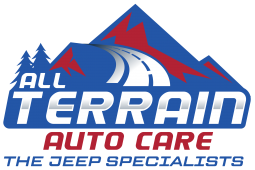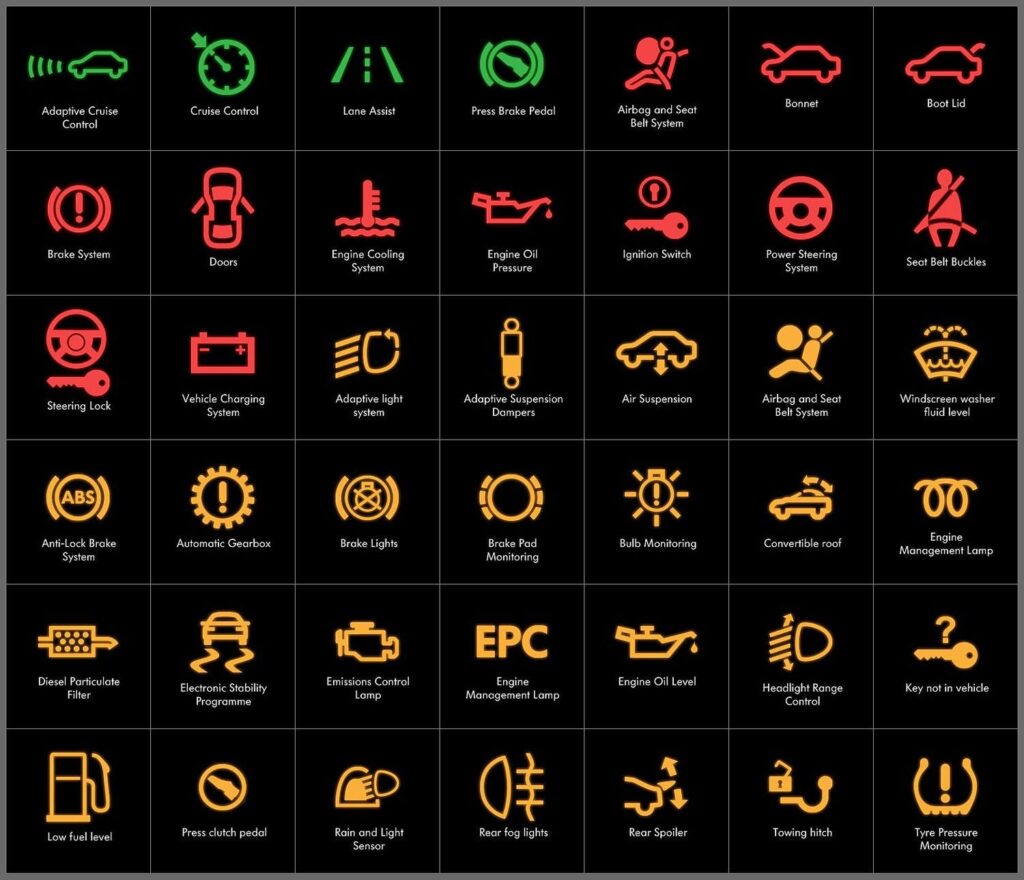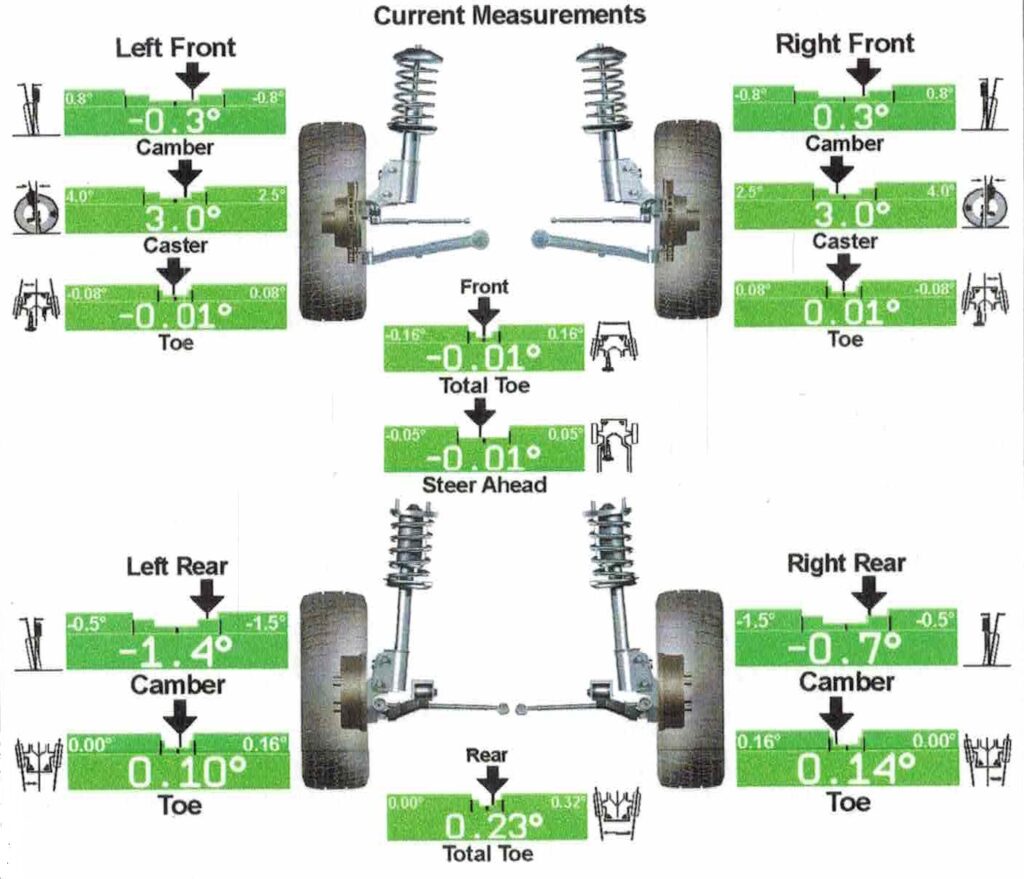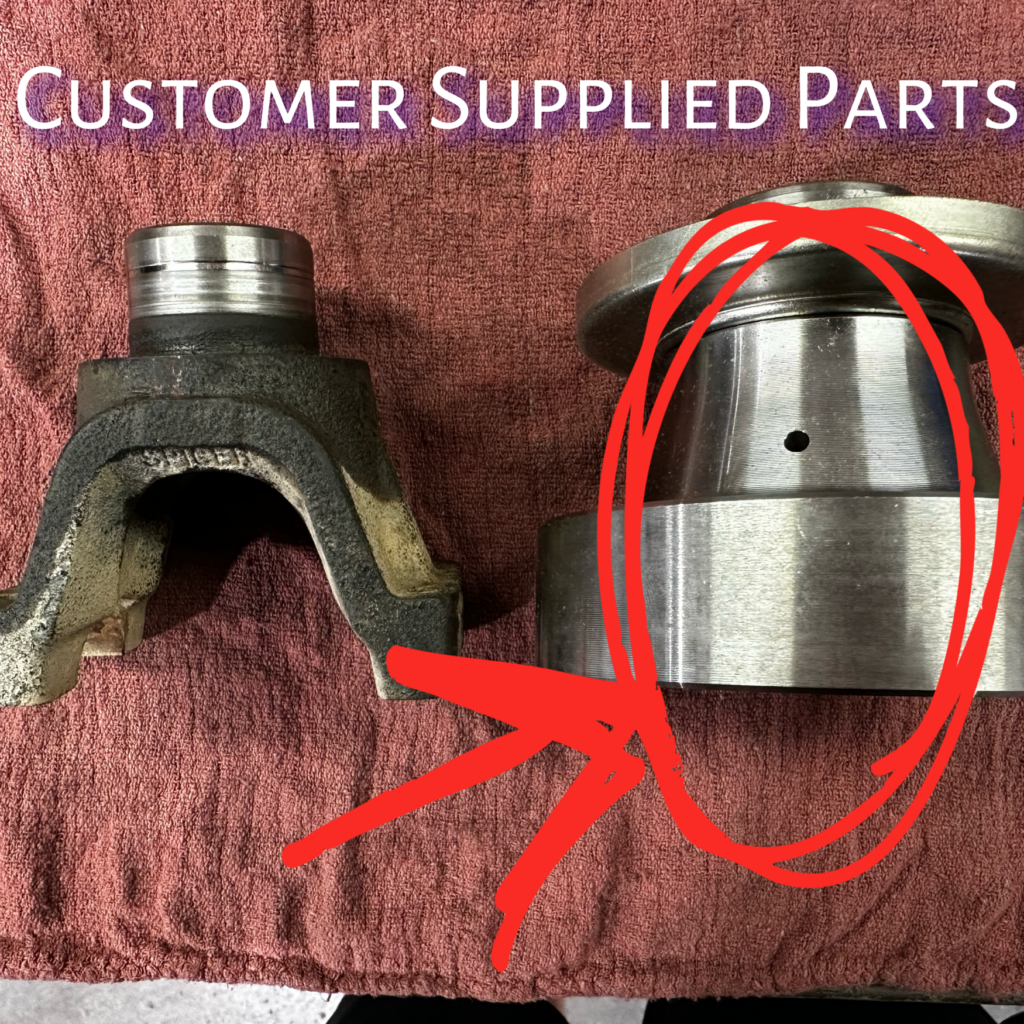You may have a Check engine light. You may have a noise. You may have an intermittent issue. You may have a fluid leak. You may have noticed a strange smell. Your vehicle is a meticulously engineered and manufactured with many systems and computers that can fail in frustrating and strange ways. A diagnostic is a process or steps to determine the root cause of your problem. This is way more than just using a pocket code reader to read trouble codes. To accurately diagnose these issues you need, specialized tools, Factory repair information, and the know how to use them. Read on to find out more about the different procedures involved with each diagnostic.
Warning Light Diagnostic
Most vehicles have several warning lights on the dash to alert you to problems that have been detected. These lights can vary depending on the available equipment on your vehicle, but the icons are standard across manufacturers. Your owners manual will list out the lights on your dash and usually will have a description of what system the light pertains to.

Each individual light will save trouble codes that are a starting point for diagnostic. Those trouble codes will each correlate to a diagnostic trouble tree to follow. They are called diagnostic trouble trees because the are set up as a flow chart that resembles a tree.

These are provided to us by the vehicles manufacturers and can include testing for powers and grounds, testing the resistance of wiring or sensors, using a lab scope to monitor wave patterns to find problems and more.
Having these tools at our disposal and having the know how to use them is the key to accurate diagnosis of the warning light.
Fluid leak Diagnostic
Fluid leaks can be easy to diagnose or difficult depending on the fluid leak. The first thing to determine is which fluid is leaking. Once this has been determined then the procedure can begin. Engine oil leaks are typically diagnosed with a visual inspection however some times may require adding an ultraviolet dye into the system and inspecting with an UV light to find the source.
Coolant leaks can be a little bit trickier. To test for coolant leaks you still begin with a visual inspection, the second step is to perform a pressure test. This test simulates the pressure put on a cooling system while the vehicle is at normal operating temperature. With this tool we are able to generate 15-20 psi of pressure in the system without the engine having to be at 200 + degrees. Once the pressure has been added to the system another visual inspection is completed to find the source of the leak.
Brake fluid leaks again begin with a visual inspection and a physical inspection of the components.
Gearboxes ie Differentials, Transfer case, Transmissions will begin with a visual inspection and may require cleaning of the area and a test drive to find the source of the leak.
These are the most common leaks we see and if you have any other leaks and want to know more about the proper procedure to pinpoint the leaks feel free to call us at the shop.
Noise Diagnostic
Diagnosing noises is probably one of the most difficult and time consuming of the issues we are addressing in this post. Noise diagnostics begin with a thorough interview with the customer to get a firm grasp on the issue and how to produce the noise. If time allows we typically will ask our customer to take a ride with us and show our ASE certified Service advisor to reproduce the noise in question. This test drive allows us to pinpoint the noise.
Once the test drive is completed and the noise has been duplicated a thorough inspection will be done on the lift to determine the point of failure. Often a shakedown of the steering and suspension will locate the issue however it may require the use of Chassis ears. These are remote microphones that can be mounted on the problem component to pinpoint the cause of the noise.
As you can see there is a lot to accurately diagnosing and providing a recommendation for your repair that you can guarantee and stand behind. If you are having any issues and would like to bring your vehicle in please call us at 865-691-3400
— Joshua Shook Sr.




